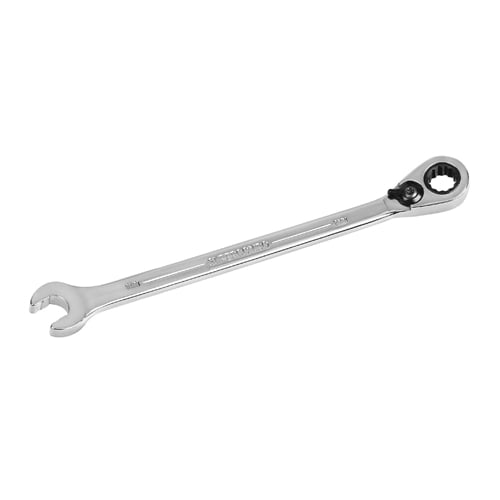Hand Tools

The Ultimate Guide to Combination Wrenches: Types, Sizes, and Uses
When tackling various mechanical tasks, combination wrenches are essential for both professional mechanics and DIY enthusiasts. These multipurpose tools offer a unique design that enables users to perform a wide range of tasks with just one tool.
Understanding Combination Wrenches
A combination wrench is a hand tool with an open-end wrench on one side and a box-end wrench on the other. This dual-sided design provides flexibility and efficiency in different scenarios. The open-end side is designed to grip and turn nuts and bolts with six or twelve-point configurations, while the box-end side encases the fastener for increased torque application.
Types of Combination Wrenches
1. Standard Combination Wrenches Standard combination wrenches are the most common type and come in various sizes. They are versatile and suitable for a wide range of general applications. These wrenches typically have a 15-degree offset angle between the handle and the box end, allowing for better accessibility in tight spaces.
2. Stubby Combination Wrenches Stubby combination wrenches are characterized by their shorter handle length, offering better control and maneuverability in tight or confined spaces. While they may provide less leverage than standard wrenches, their compact design makes them ideal for reaching fasteners in areas where a longer handle might be obstructed.
3. Ratcheting Combination Wrenches Ratcheting combination wrenches incorporate a ratcheting mechanism on the box end. This mechanism allows the user to turn the wrench without removing it from the fastener, making repetitive tasks much faster and more efficient. Ratcheting combination wrenches are especially handy when working in confined spaces where a full swing isn’t possible.
4. Flex-Head Combination Wrenches Flex-head combination wrenches have a flexible box end that can pivot up to a certain angle, usually around 180 degrees. This feature enables access to fasteners at odd angles, making them invaluable for reaching bolts that are positioned at awkward orientations.
Choosing the Right Size
Combination wrenches come in various sizes to accommodate different bolt and nut sizes. The sizes are usually measured in millimeters or inches. Choosing the correct size is essential to ensure a secure fit on the fastener and prevent rounding off the edges. Combination wrench sets typically include a range of sizes to cover various applications.
Common Uses of Combination Wrenches
Combination wrenches find applications across various industries and tasks:
- Automotive Repair: Combination wrenches are extensively used for repairing vehicles. From changing tires to accessing engine components, these wrenches are a staple in any automotive toolbox.
- Household Maintenance: DIY enthusiasts rely on combination wrenches for tasks such as assembling furniture, fixing plumbing issues, and working on appliances.
- Industrial Maintenance: In industrial settings, combination wrenches are crucial for maintaining machinery, assembling equipment, and performing routine repairs.
- Construction Work: Construction workers use combination wrenches to assemble scaffolding, tighten bolts in structural components, and more.
- Bike Repairs: Cyclists often use combination wrenches to perform basic bicycle maintenance and repair.
- Plumbing Repairs: Plumbers utilize combination wrenches to tighten or loosen pipe fittings and other plumbing connections.
Tips for Proper Use
To make the most of your combination wrenches:
- Ensure the wrench matches the fastener size precisely to prevent damage.
- Position the wrench on the fastener to avoid slipping and rounding off edges.
- Pull the wrench rather than push it for more control and torque application.
Consider the type of combination wrench that best suits your task, such as standard, stubby, ratcheting, or flex-head.
In Conclusion
Combination wrenches are indispensable tools that have earned their place in every toolbox. Their versatility, dual-sided design, and ability to handle various tasks make them a must-have for professionals and DIY enthusiasts. By understanding the different types, sizes, and common uses of combination wrenches, you can easily tackle a wide range of mechanical challenges.